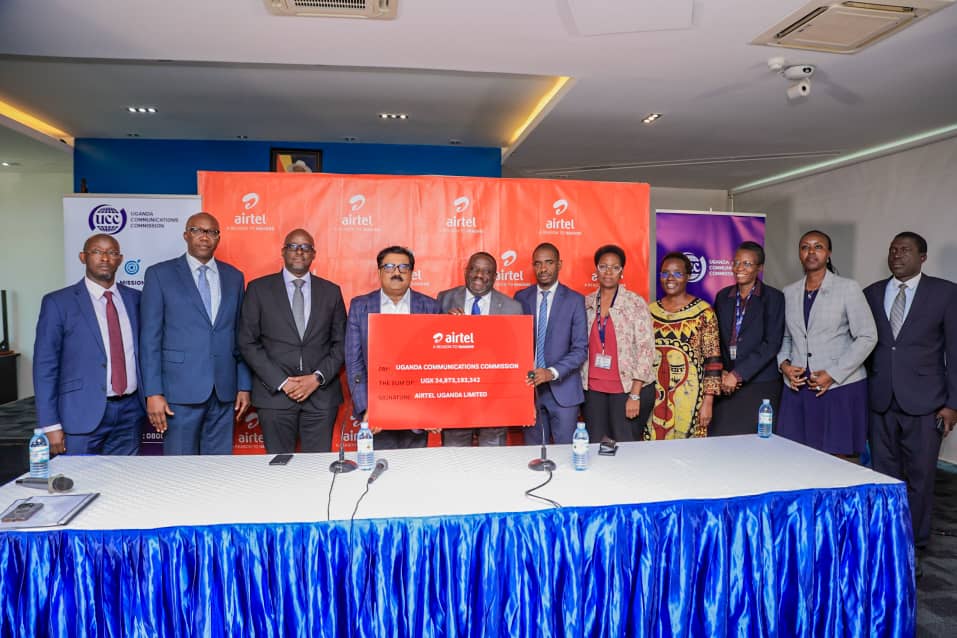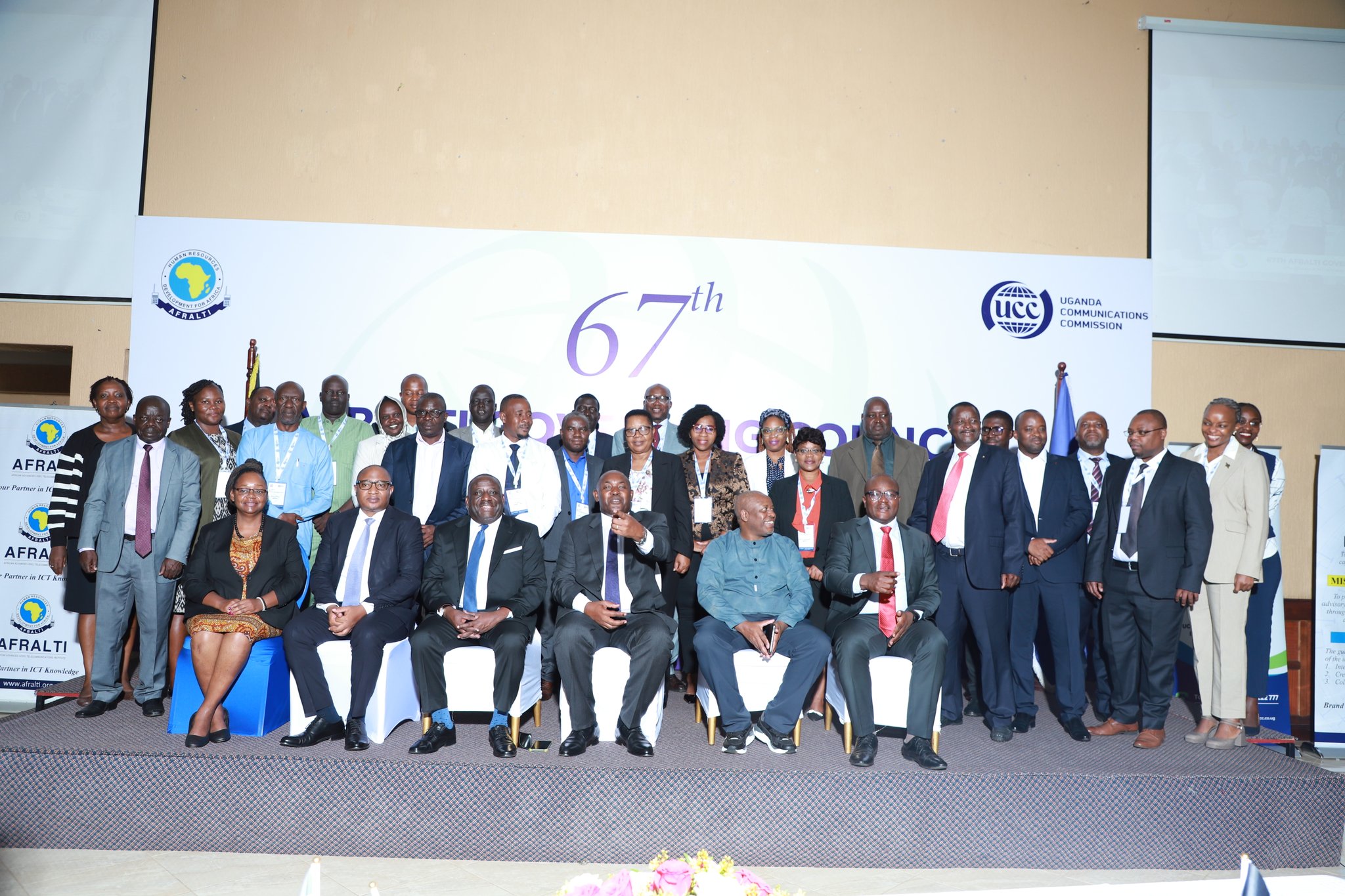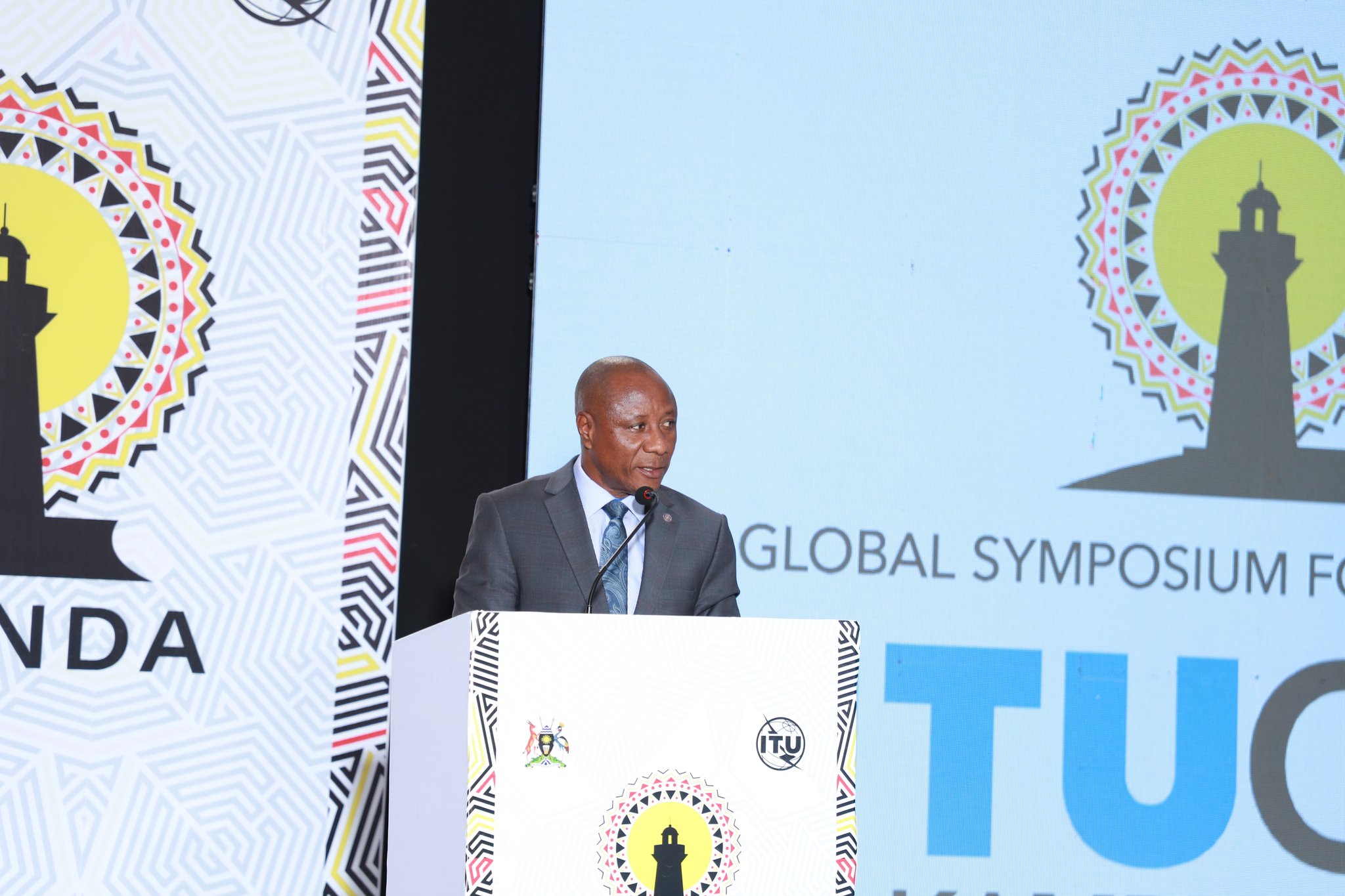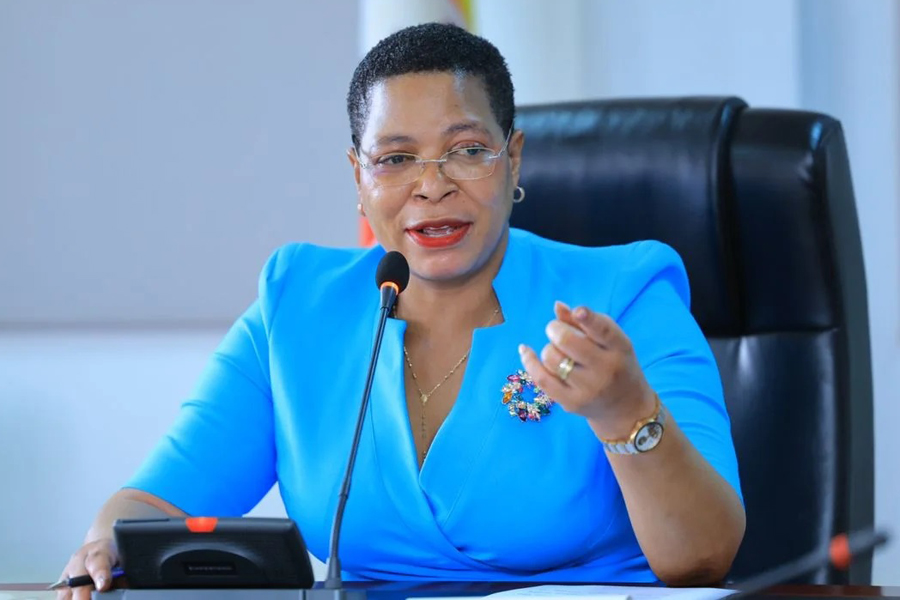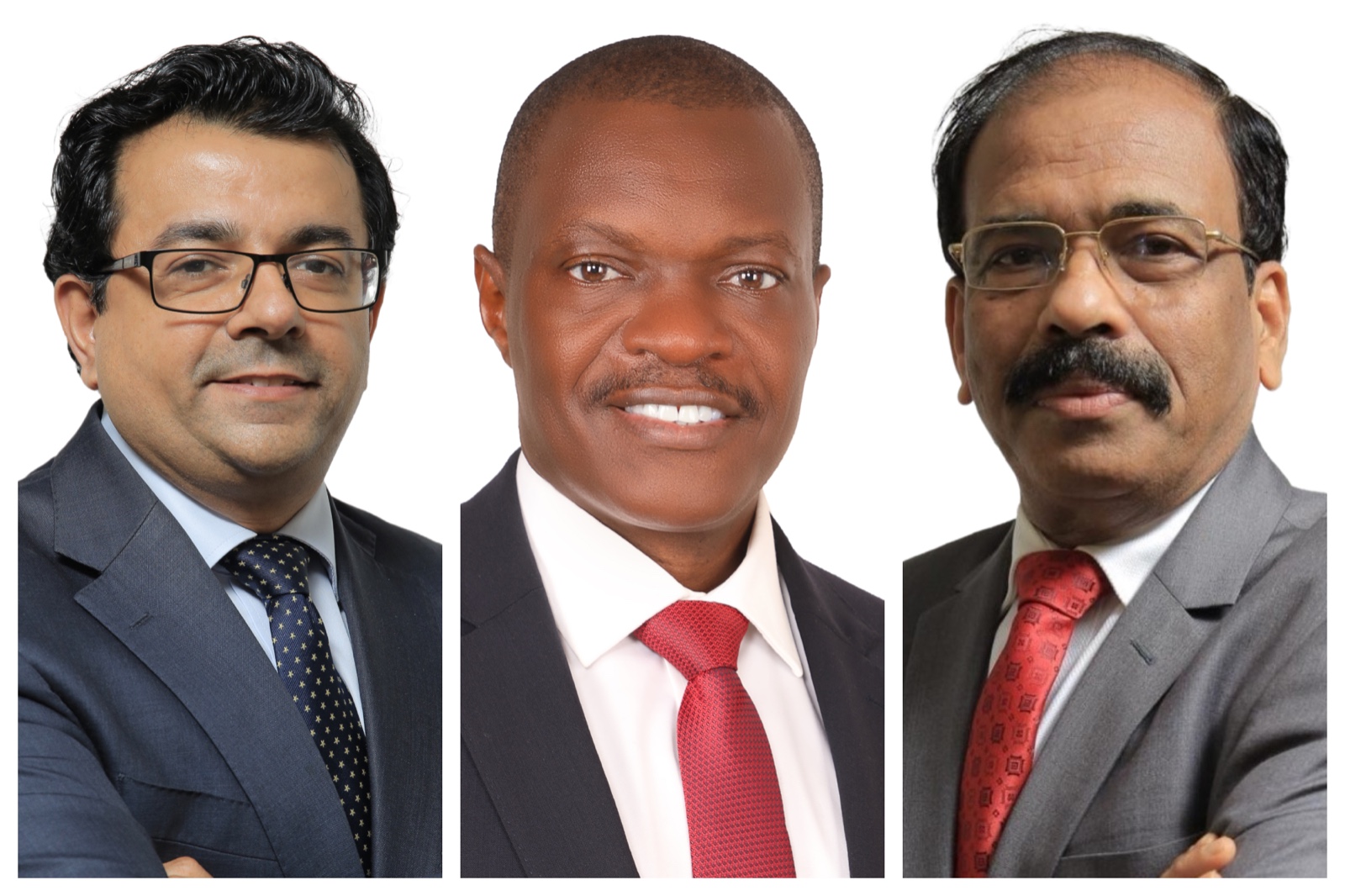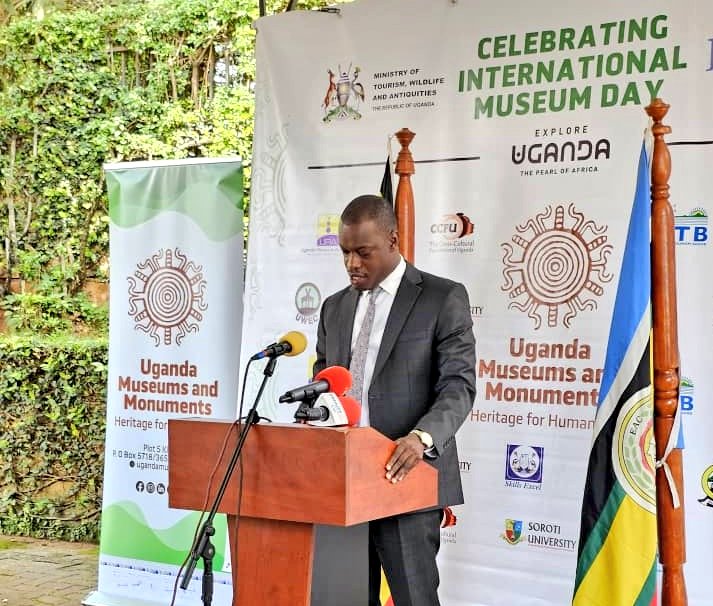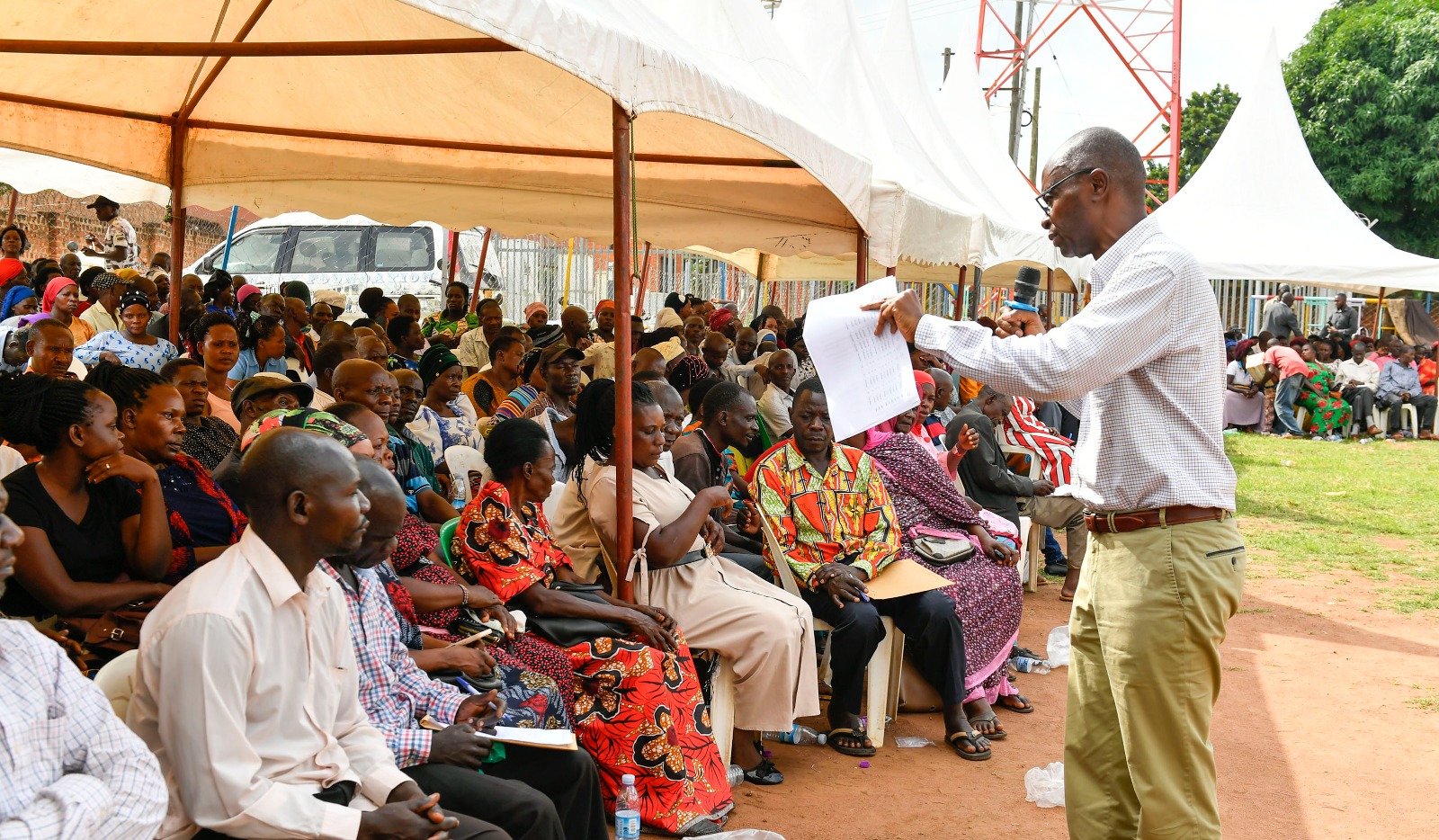Does TV audience research always portray the right picture?
MOSES MAFABI
As the country celebrated 20 years of Uganda Communication Commission (UCC), media providers continue to ask whether audience research in the industry is relevant if not segmented to portray a realistic picture of a media firm’s target audience.
Keep Reading
According to UCC, there are currently 24 free to air television stations and 292 radio stations in Uganda.
The increase in the number and diversity of media houses has partly been driven by the need to appeal to a specific audience.
Media houses realize that viewers are increasingly becoming unpredictable in their consumption habits.
According to a television viewership study conducted by Ipsos in 2017, on average viewers watch 2 to 3 stations daily.
Viewers are selective and tend to switch between channels in effort to watch programs that are most appealing to them.
It is true, most viewers are likely to have a favourite TV station, but they definitely don’t spend 100% of their viewership time on one station.
Most viewers often switch between stations to catch up with their best programs. This behaviour underlines the fact, not opinion, that audience peaks are more likely associated with programmes rather than a TV station.
Making sense of this perception has been limited to a hand full of stakeholders that appreciate the importance of referring to segmented audience reports when informing market strategies.
In several cases, a number of stakeholders have been left to make strategic decisions basing on overall media reports that do not speak to their target audiences or market.
This is because most media reports do not go the extra mile to segment findings in order to provide an in-depth analysis and understanding of specific audiences.
Presenting the overall findings of the media landscape has been the norm and its often misleading.
This has distorted the actual picture on brand positioning and actionable realistic guidance for advertisers and media houses to make informed decisions on how and where to reach out to target audiences.
The need for relevant media research is key in informing stakeholders in the industry but has not only been undermined but also left to the private sector to define.
A move if not checked puts the industry at risk.
In the past 10 months, the industry has been furnished with a number of audience reports from different research firms and consultants.
Some of these surveys have been controversial and misleading while others have been conducted in the same period but surprisingly presented different results.
Others have been conducted during ‘sensitive” periods in which media consumption habits change.
This problem of unregulated audience research has further been complicated by the limited information on the design and methodologies adopted by these research firms and consultants.
The resulting cocktail has been media houses, advertisers and stakeholder quoting reports at convenience, a pattern that has further worsened the credibility and reliability of audience reports.
The Media Centre, UCC and Ministry of ICT need to take a more aggressive approach towards standardising audience research methodologies and segmentation in a bid to ensure that findings are useable and relevant to the different media houses, advertisers and other media stakeholders.
Understanding media and its consumption are key in ensuring that audience research is relevant and will contribute to building the industry and provide a mutual understanding of data interpretation and applicability.
The author is the head of Research at Next Media.




